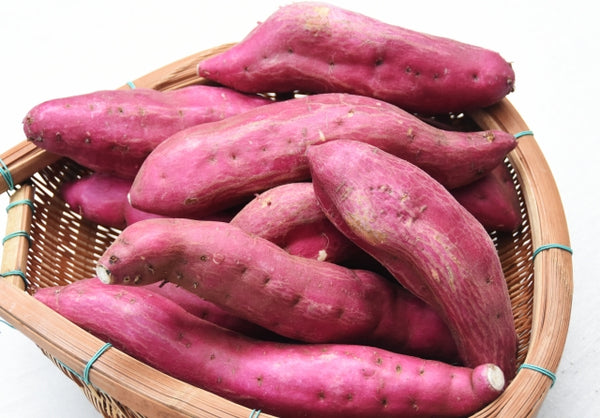Street Sweets: Japan's Yakiimo (Sweet Potato) Trucks

As the days grow shorter, and the autumn chill begins to give way to the cold of winter, the colors of Fall start their gradual decline across the hills and mountains of Japan. A once familiar sound has grown less familiar as years have gone by: the call of the yakiimo truck. Once a staple as present as ice cream trucks in the US during the heat of summer, the humble yakiimo vendor has become a rarer and rarer sight – and sound – in recent years.
For many years, the song of “yakiimo, ishi yakiimo!” was a normal and expected sound as day turned to dusk. Vendors, driving special kei-trucks equipped with an open-flame stone brazier, make their slow crawl through back and side streets advertising their wares: baked Japanese sweet potatoes, otherwise known as yakiimo.

Once transported on push carts and now by truck, these delicious treats are as ubiquitous in Fall and Winter in Japan as pumpkin spice and gingerbread are in the US. Starting in mid-Fall, you’ll begin to see yakiimo-flavored items in grocery stores, konbinis, and more – including chips, candies, ice cream, pastries, and breads. You name it, and there’s probably a yakiimo version of that treat.
The obsession isn’t hard to understand after the first time you take a bite of one of those warm, baked sweet potatoes. What might be surprising, however, is how sweet and heavenly yakiimo are in their natural state, without any sweeteners or salt, straight from the hot stones of a vendor’s truck. They’re fluffy and piping hot, with steam pouring into the cold winter air as you split them open. The outside is crispy, and the inside soft and moist.

Despite their delectability, the traditional yakiimo truck has become less and less common in recent years. It’s far more common to find yakiimo stands stationed outside supermarkets, department stores, and konbinis. That isn’t to say the tradition is gone, however, as there are still vendors making their rounds and trying to revitalize the business! Some vendors are adapting to modern times by using social media to market themselves and announce their locations. By doing so, they leverage the popularity of food trucks and the networking opportunities of social media.
While nothing beats the skill and knowledge of an expert yakiimo vendor, it is possible to experience your own Japanese winter treat at home. If you can get your hands on a high-quality satsumaimo, here are some tips for making the best yakiimo you can without a hot stone brazier: Thoroughly wash and dry your potato (the best ones often have some brown syrup oozing from each end), wrap it in foil, and place it on a baking tray in your oven. Bake it at 375 degrees F until soft – about 90 minutes. Then, turn off your oven and let your yakiimo rest inside for another hour. After that, it’s time to enjoy a taste of Japanese winter!
About the Author:
 Kevin Kilcoyne
Kevin Kilcoyne



